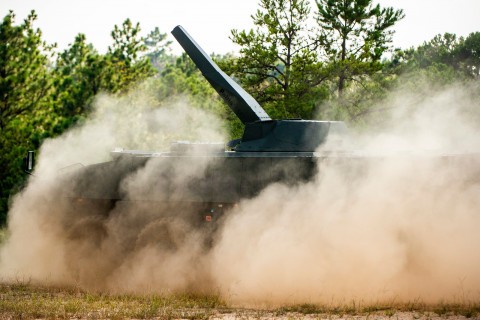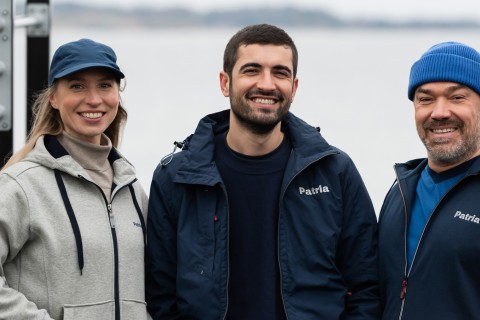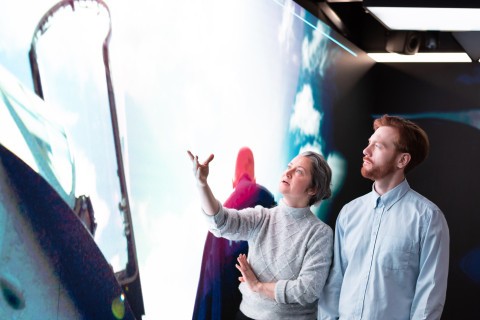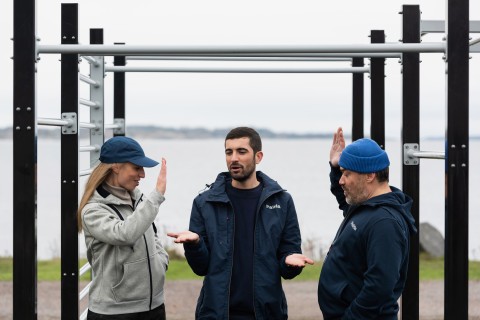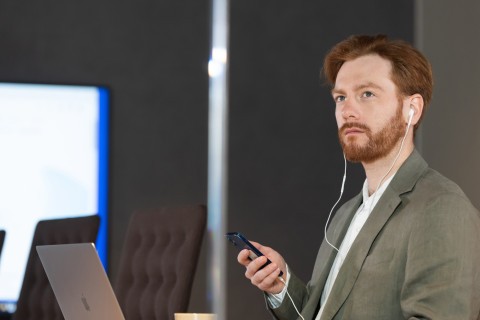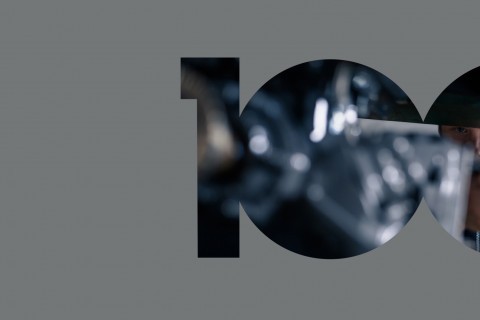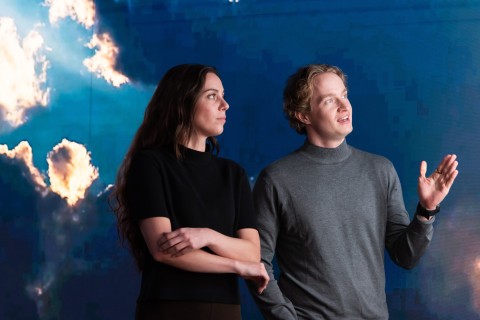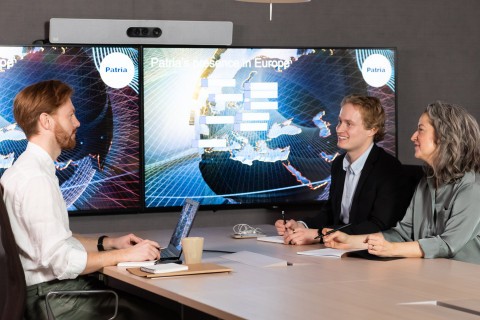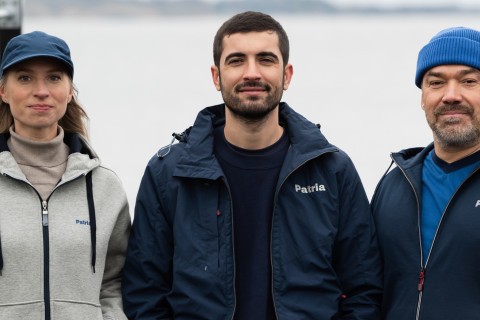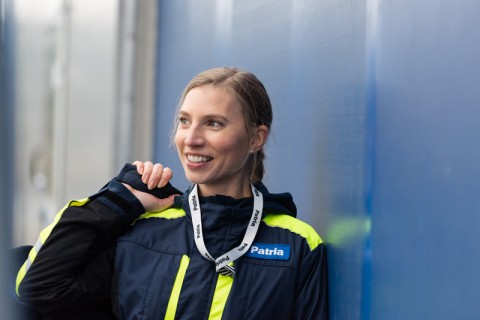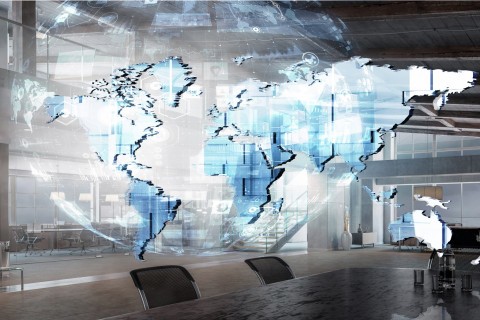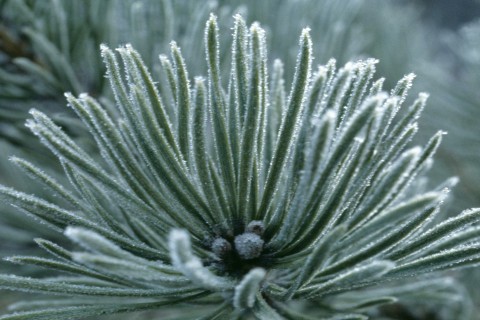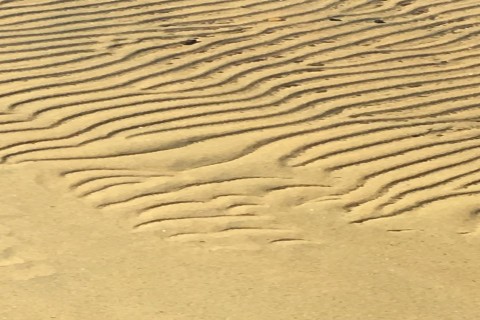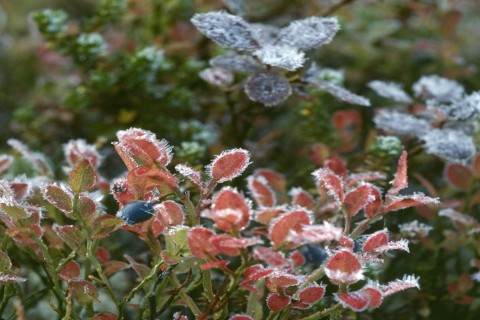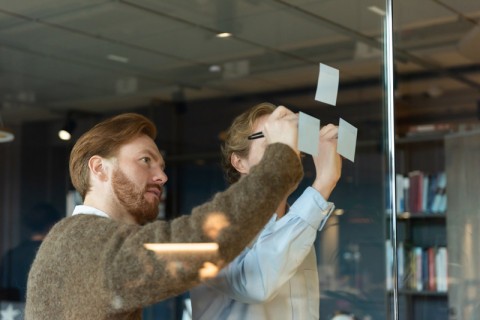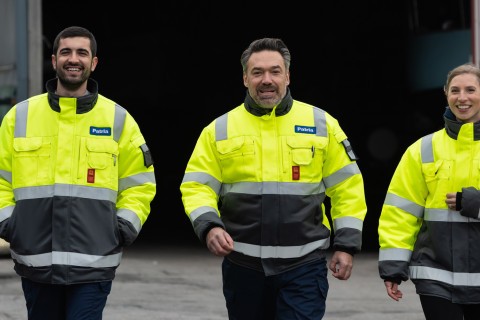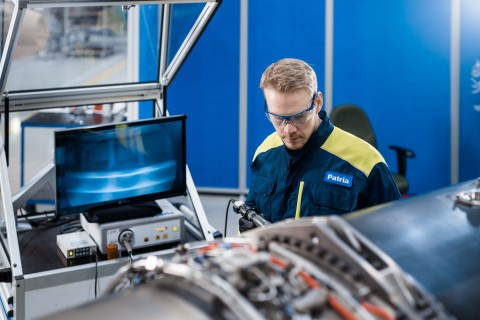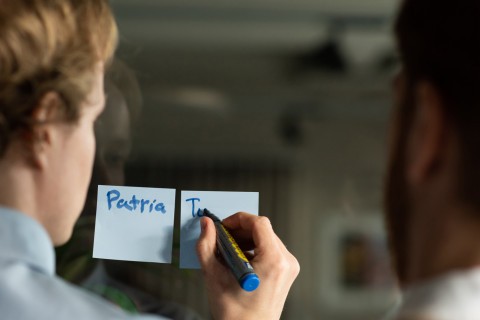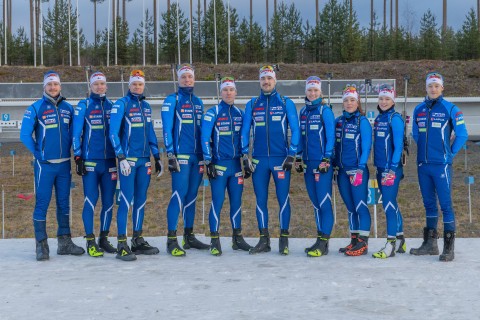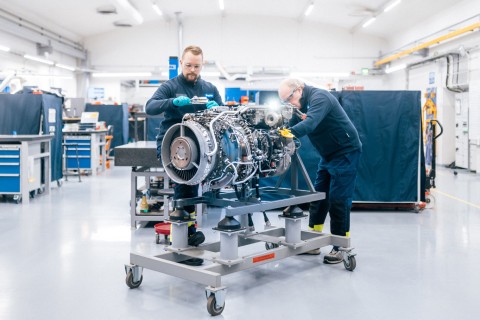
19.8.2014
During the Continuation War, military pilot Johannes Brotherus served in Squadrons 24 and 16, flying several fighter types, including the Finnish-made VL Myrsky ('Storm'), which will now be restored.
Text: Juha Jäppinen
Photos: Jorma Laakkonen
Johannes Brotherus's military service began in 1940 when he joined the Winter War at the age of 16.
"I was accepted to the ancillary unit of Major Hämäläinen's Guerilla Battalion 5 being assembled in the town of Kemi. We were on the train to the battalion stationed in the wilderness of Karelia, but while on a stopover in Kajaani, peace was declared," Brotherus recalls. Brotherus continued to serve in the same company until one day it was time for him to return to school. "The company sergeant called me to the office. He told me that I was to transfer to civilian life. When I asked the reason for this, he replied that my father had just called that I was to go back to school." "So, I continued my secondary schools studies and graduated in 1941. In June of the same year, I joined the Finnish Air Force's Training Air Wing for my military service as I had been admitted to air force officer course 13. That's how it all started." In those days, military service took two years. During his training, Brotherus completed reserve officer courses for both infantry and the air force. After this, the pilot headed to the front.
"In December 1943, I was admitted to Fighter Squadron 24 stationed in Suulajärvi on the Karelian Isthmus. The air base was situated relatively close to the front line, and when I started there the squadron consisted of Brewster fighters. In the spring of 1944, we switched to Messerschmitts so that we had time to get used to them before fighting began on the Karelian Isthmus. "In the winter of 1944, we performed almost exclusively reconnaissance missions. We often flew along the front line and took photos of Russian stations. This was performed from a Brewster fighter, whose spacious body was equipped with a camera while the operating switches were fitted to the pilot's control stick. The squadron's trusted photographer, Lieutenant Olli Puro's plane was accompanied by another Brewster to give the impression of them being on an ordinary patrol flight. However, the Russians soon found out that their lines were being photographed, after which a pair of Messerschmitts joined them to provide cover for the two Brewsters. At that point, I had already switched to the Messerschmitt fleet, and once, while on one of such cover flights, I recorded my first air combat victory by shooting down one of the Russians' U.S.-made Aira Cobra fighters that had arrived to drive photographers away. After battles began on the Karelian Isthmus, the Suulajärvi base was abandoned since it was located very close to the front line. At that point, the squadron was relocated to Lappeenranta.
"We continued to perform reconnaissance missions, but our primary duty was to cover Finnish bombers. Through our reconnaissance, we learned where the Russians were concentrating their troops, after which we bombed those locations. One good example was when the Russians managed to get across the Vuoksi River. However, their support did not function properly since we bombed the bridge every day. As soon as the Russians had rebuilt the bridge, we bombed it down again." In July 1944, Brotherus transferred to Squadron 16 stationed at the Värtsilä base in Karelia. "Our squadron was a collection of old planes and captured aircraft bought from the Germans. For a short period of time, we were tasked with reconnaissance over a road leading from Värtsilä to the Russian side. It was the only road for Russia to transport supplies to its armed forces. We made frequent reconnaissance flights, and as soon as we spotted a convoy of trucks, we reported it and a bomber squadron arrived to destroy them. For this reason, the enemy occasionally ran out of artillery ammunition, among other supplies." The intention was to make Squadron 16 a fighter squadron equipped with Finnish-made Myrsky aircraft. Thanks to his previous experience with Messerschmitt, Brewster, Fiat and Fokker fighters, Brotherus had no problem flying the Myrsky fighter. The consequences of a long war were evident in that there was a shortage of everything. This affected the industrial sector, and consequently also Myrsky.
"Aerodynamically, Myrsky was a good plane. However, it faced enormous difficulties. When Myrsky aircraft were built in 1943 and 1944, not all of the raw materials originally intended for the plane were available any more. For example, there was no high-quality adhesive, so the plane had poor moisture resistance. This meant that, after a mission, a mechanic had to nail the veneer to the wings with a hammer since the adhesive did not hold properly. But this was not the designer's fault; the problem was that there were no proper raw materials left," Brotherus said. Brotherus flew reconnaissance flights for Squadron 16 for about a week, after which they headed to the State Aircraft Factory in Tampere to pick up the newly completed Myrsky aircraft. At this point, the war was almost over. "On 31 August 1944, we took off from Tampere for the Värtsilä airbase. Our next flight was on 4 September from Värtsilä to Hollola, which was our next air base. However, armistice was declared on the same day, so the Myrsky aircraft we had just picked up from Tampere were eventually the first and last ones. The war was over." After the war, Brotherus's interest in airplanes shaped his career choices.
"During the war, I had read about study opportunities in newspapers. As a secondary school graduate, I decided to apply to the mechanical engineering department of the Technological University of Finland, majoring in aircraft technology. I graduated in 1950 as Master of Science in Engineering and started working in Valmet's aircraft factory, first in Kuorevesi and after a few years in Tampere. My employer was the same company that had built Myrsky aircraft during the war. In 1951, the State Aircraft Factory was renamed Valmet Aircraft Factory, which in turn merged into Patria in the 1990s. Finland's strong expertise in aviation technology projects in Halli, Kuorevesi, has continued up to the present day. After his position as aircraft engineer, Brotherus got the opportunity to familiarise himself with diesel engines for ships. "I transferred to the Rautpohja factory in Jyväskylä, where Valmet manufactured diesel engines under license from Burmeister & Wain. After that, I worked as property manager at Valmet's shipyard in Katajanokka, Helsinki.
" Even as a pensioner, Brotherus has retained a keen interest in aviation. He still participates in the events of the Finnish Aviation Museum, among other things. The ongoing VL Myrsky restoration project brings back memories to him. "It is an excellent project. Myrsky reflects extremely well the situation and circumstances in which Finland was back then. When Myrskys were made, they had to make most of the materials they had at hand. This is important to bear in mind."
What did you like about the article?
Thank you for your opinion! You can share the article on social media using the buttons below:
